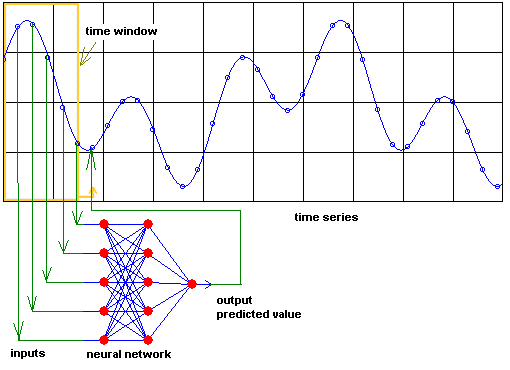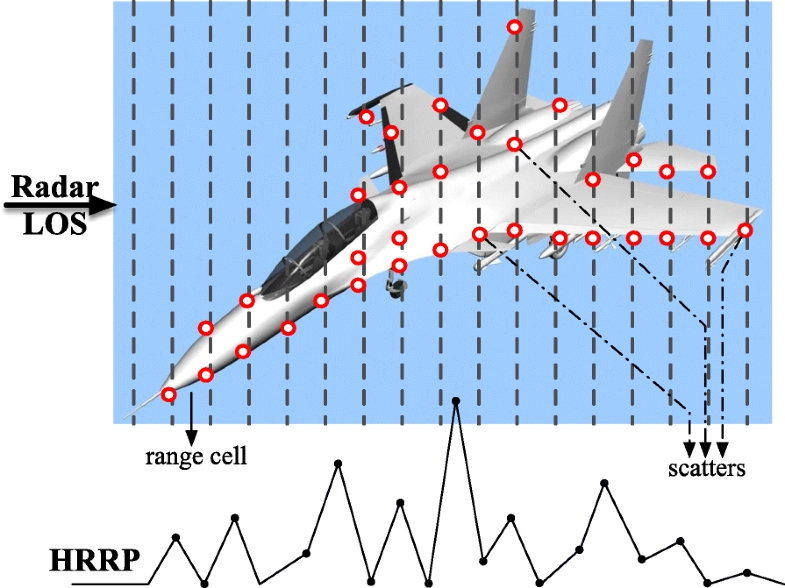
High-density networking and the use of high-frequency technology have led to an increasingly complex electromagnetic environment. On the other hand, 5G relies on many base stations and lays enough antennas to make the network coverage area widely covered, allowing dense networks to work together, enhancing the strength of information signals, and ensuring the reliability of the information transmission process. 5G has increased the development of high-frequency technology to solve the problem of insufficient supply of low-frequency to a certain extent. Spectrum sharing and unlicensed wireless networks associate technologies to address the smart spectrum sharing for 5G and affordable networks. System interference in ultradense networks will severely reduce spectrum efficiency. In recent years, the fifth-generation mobile communication system (5G) has become a hot topic for discussion in the communications industry and academia. The deep-learning-based identification method proposed in this paper has strong generalization ability and adaptability, which provides a new way for REII. Experimental results based on the measured signals show that the proposed method has high identification accuracy and is capable of meeting real-time identification requirements. Finally, in order to avoid loss of information and achieve the potential identification performance improvement, the signal image obtained is identified by the optimized CNN. Secondly, the Hilbert–Huang Transform (HHT) spectrum and bispectrum are combined to form an image of the signal.

Firstly, the radar emitter signal is preprocessed. Based on the advantages of Empirical Mode Decomposition (EMD) and bispectrum in signal processing, we propose an REII method based on the CNN. This paper will focus on Radar Emitter Individual Identification (REII). Radar Emitter Individual Identification is a key technology in modern electronic radar systems.
#Nueral network radar download#
The data set is available for download at. Moreover, considering the lack of databases for this task, we release as open source a large scale data set that closely replicates real world automotive scenarios for single-interference cases, allowing others to objectively compare their future work in this domain. We propose two architectures for interference mitigation which outperform the classical zeroing technique. We propose two FCNs that take spectrograms of the beat signals as input, and provide the corresponding clean range profiles as output. In this paper, we address this issue for frequency modulated continuous wave (FMCW) radars with fully convolutional neural networks (FCNs), a state-of-the-art deep learning technique. However, radar interference is an issue that becomes prevalent with the increasing amount of radar systems in automotive scenarios. Among them, radar sensors are indispensable because of their independence of lighting conditions and the possibility to directly measure velocity. Cars combine a variety of sensors to perceive their surroundings robustly.
#Nueral network radar driver#
The interest of the automotive industry has progressively focused on subjects related to driver assistance systems as well as autonomous cars.

Among them, radar sensors are indispensable because of their independence of light conditions and the possibility to directly measure velocity.

In order to achieve remarkable results, cars combine a variety of sensors to perceive their surroundings robustly.


 0 kommentar(er)
0 kommentar(er)
